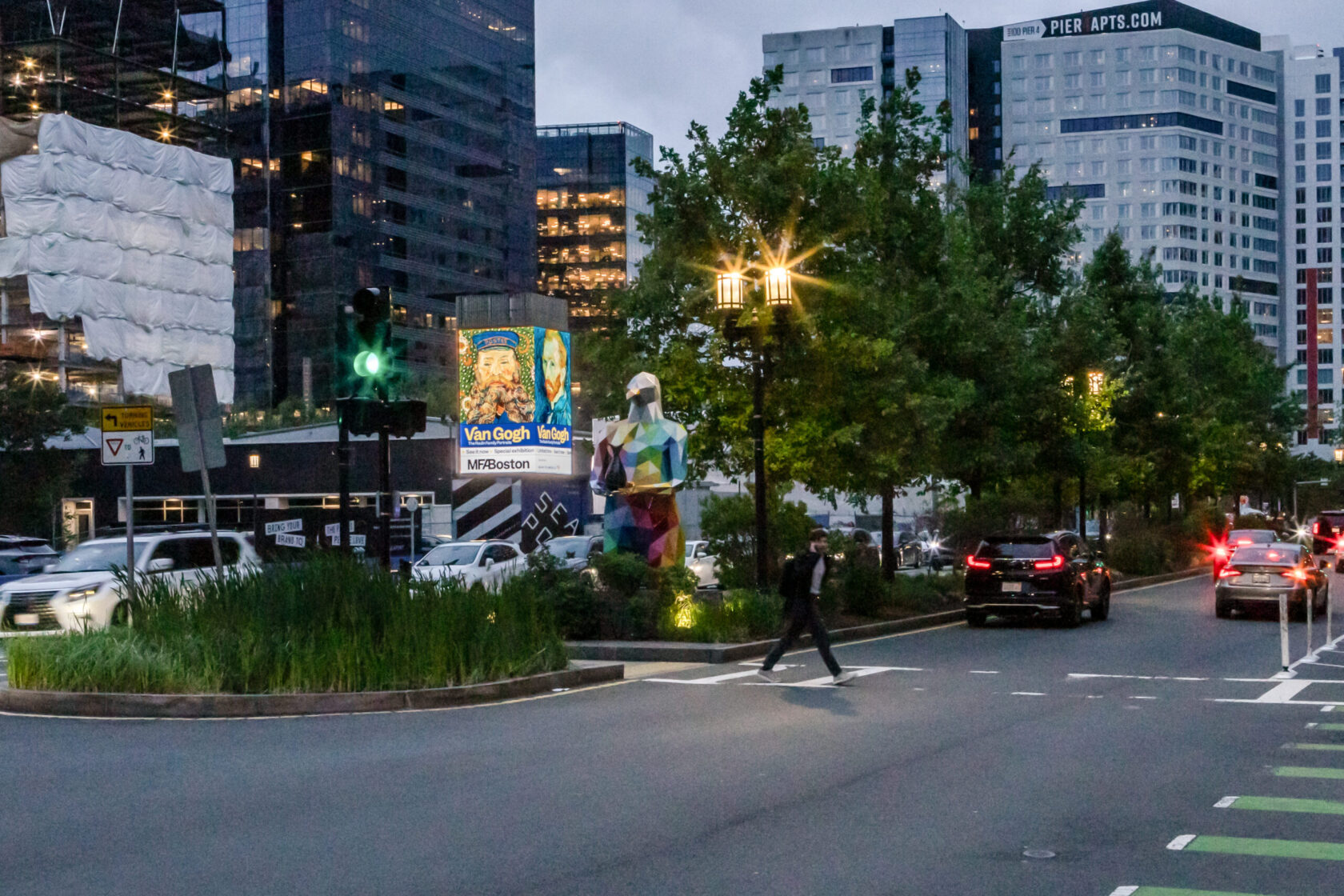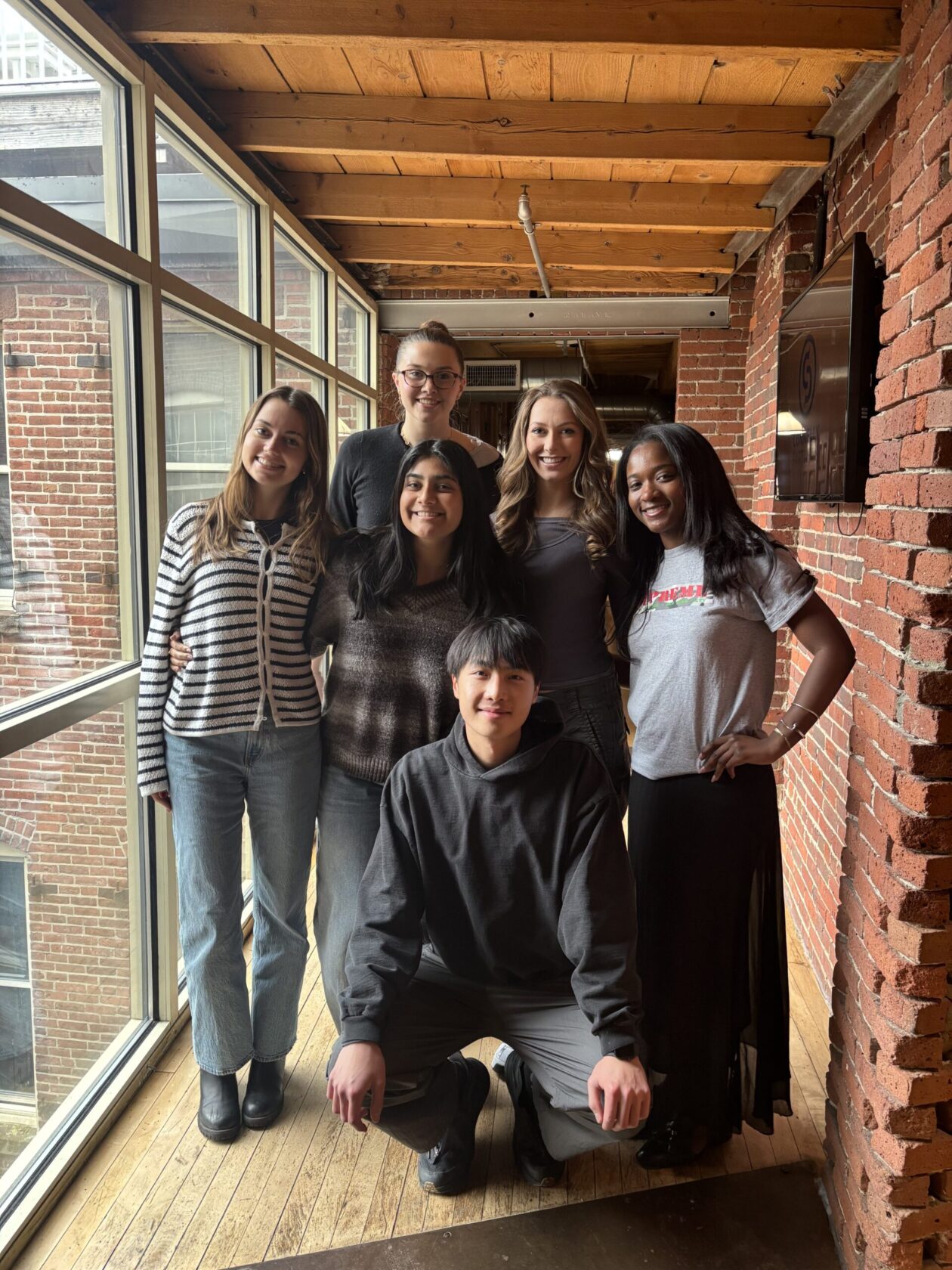Media-savvy colleges and universities are moving past their traditional communications teams to tap into the hot market of influencer campaigns that resonate with Gens Z and Alpha. Instead of recruiting A-list celebrities or internet personality moguls to champion their campuses, however, institutions have found a more effective (and cheaper) spokesperson.
“Current students and alumni are our biggest advocates,” says Chandra Carson, executive director of content marketing at the University of New Hampshire. “They already love the university, and so they’re able to share their stories and experiences with prospective students.”
Higher education spent over $200 million on advertising via mobile web video in 2024, the highest among all media, according to a recent report from Education Dynamics, an enrollment management service. It found that the trend is primarily driven by short-form video content, often called “reels,” which is ubiquitous with the new social media titan TikTok. One source claims TikTok is more popular than Google’s search engine among Gen Z.
Institutions must appeal to advertising to Gen Z in new ways. These young, media-savvy consumers, well-versed in the trappings of corporate content, desire authentic expression, says Alyssa Stevens, Public Relations and Social Media Director at advertising agency Connelly Partners.
“That content is best created by either creators or real people, a.k.a influencers, and in this case, students and alumni of the organization, so they have an authentic connection to the organization that we’re promoting.”
Influencer content created by the University of New Hampshire in collaboration with Connelly Partners has a 22% higher engagement rate than brand content created internally, she says. Its latest campaign reached over 90% of its target audience.
Some of the most popular types of influencer videos show students roaming around campus and pointing out different amenities offered by the institution. This format could captivate prospective first-generation students who may have no other resource to help them visualize the college atmosphere, Carson says.
“These point-of-view videos give them a behind-the-scenes, almost voyeuristic, look at what it’s like to be a student,” Stevens says. “You familiarize them with the environment to ease them into taking action.”
How to Build an Influencer Campaign
Colleges and universities are spending various amounts on influencer campaigns. Institutions can build an effective grassroots movement by pushing marketing materials seeded from students’ social media feeds and boosting their posts to capture a broader audience.
Another way is by recruiting students or alumni with a strong following to serve in a more robust influencer campaign strategy, in which the institution feeds its newfound spokesperson with key messaging points.
However, a savvy social media user may still smell an advertisement from an influencer if a university’s marketing team isn’t careful, Carson notes. “You have to find who is speaking positively about the university, who’s authentically already saying these things. What you don’t want is to utilize somebody who has never spoken about the university and suddenly they’re a talking head and it doesn’t make any sense.”
Article and images from University Business.



